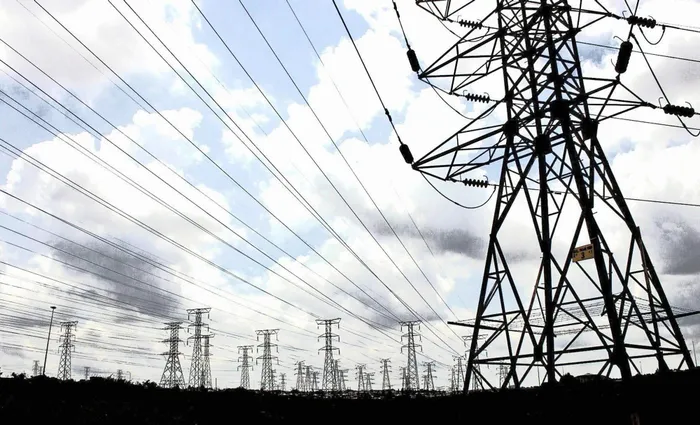Eskom’s return to Stage 6 load shedding raises urgent concerns over power stability

Energy experts have raised concern following a return to loadshedding over the weekend reaching Stage 6 in the early hours of the morning. Eskom announced on Tuesday that loadshedding would be reduced to Stage 2.
Image: Bhekikhaya Mabaso/Independent Newspapers
Energy experts have raised concern following a return to crippling rotational power cuts over the weekend, which reaching Stage 6 in the early hours of Sunday morning.
Eskom announced on Tuesday that load shedding would be reduced to Stage 2 after 10 power units tripped over the weekend.
Energy expert, Professor Wikus van Niekerk, who is the dean of engineering at Stellenbosch University, said Tuesday that the weekend’s events demonstrated how small the current reserve margin of Eskom’s generation fleet was.
“The fact that we went from no load shedding to Stage 6 meant Eskom needed 6 000MW or 6GW to stabilise the system, more than the sum of the generators lost during the two events,” he said.
Van Niekerk added that all except 400MW were back online on Monday but Eskom remained at Stage 6, indicating that there were other issues which the power utility decided not to share with the country.
“We are sailing very close to the wind and this will not change soon.”
Craig Morkel, chairperson of the Gas Economy Leadership Team at the SA Oil and Gas Alliance, said Eskom had to use all the available generation resources, including the Eskom Peaker Open Cycle Gas Turbines (OCGTs) in a bid to avoid even worse than Stage 6 load shedding.
“We note that Nersa has approved the new tariffs of Eskom over the next Multi-Year Price Determination (MYPD) period, in particular that it will only allow Eskom to recover the diesel fuel costs equivalent to the OCGTs operating at a 4% capacity factor (CF) annually, instead of the 6% CF that Eskom applied for,” Morkel said.
He added that this effectively meant that Eskom will only have 66.6% of the fuel budget it projected that it needed in its MYPD6 tariff increase application.
“If that budget is spent on gas, which is mostly cheaper than diesel, Eskom would then be able to use this fuel cost saving to operate at a higher CF, and thus play a bigger future role to avoid load shedding,” he said.
As the aged coal fleet becomes too old to repair economically over the next 10 or more years, Morkel said Eskom will need to replace such baseload power with a combination of alternative baseload power from gas-to-power, nuclear, and some biomass and biogas that could also be operated as peaking and or mid-merit power plants to cushion the impact and support the further integration of variable solar and wind energy.
Professor Vally Padayachee, power and energy expert and a former executive manager of Eskom, said it was quite shocking how fast the load shedding was announced over the weekend and how it reached Stage 6.
“From the evidence given and being aware of the circumstances, I'm convinced that the reasons for the return to loadshedding are technical and not sabotage,” Padayachee said.
He added that Eskom and the Minister of Electricity, Kgosientsho Ramokgopa, have done well in bringing to 300 days of no load shedding.
However, he said they have made it clear that the risk of loadshedding remained.
“When the loadshedding was announced on Friday, my thoughts were that we wouldn’t go beyond Stage 3, but it was shocking for Stage 6 to have been announced in the early hours of Sunday morning,” Padayachee said.
“The Eskom generation system is one of the most complex engineering systems that you can get. The direct cause of the Stage 6 load shedding was that supply did not meet demand, and why it didn’t meet demand was that 10 units tripped over the weekend, and it was equivalent to 4 600MW, which was taken off on Friday afternoon and Saturday morning.”
Padayachee said that the root cause of the load shedding was that at Majuba power station, Eskom had a transformer that overheated on the balance of plant systems.
“Unfortunately, when you have a balance of plants like Majuba, it affects all other units; when you have an issue, it affects all other units, and this led to 5 other units going off the grid, and this also affected Medupi, which overheated and tripped due to trying to make up for the loss at Majuba,” he said.
“We also lost 4 units at Camden Power Station due to an issue with the hydraulic valve, and this led to the Stage 6 loadshedding on Sunday morning.”
BUSINESS REPORT